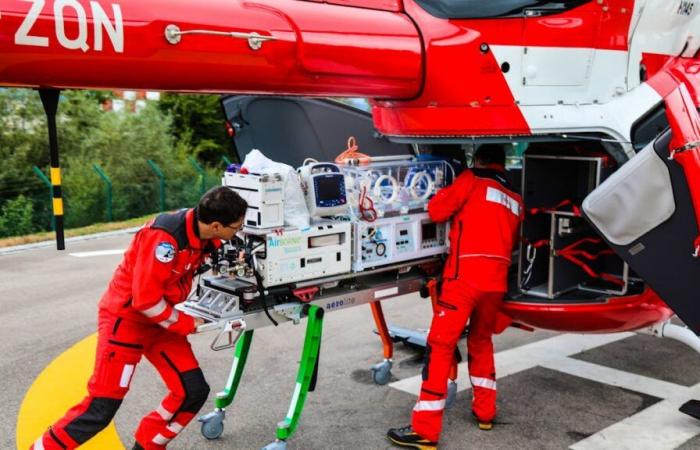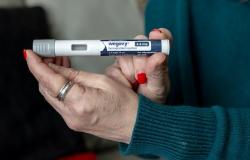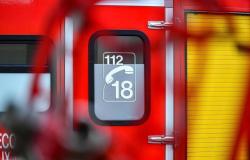On Thursday, November 7, Rega crews from Bern and Lausanne intervened three times to transfer premature babies to hospitals in Lausanne and Basel. The Bernese crew notably used the Low Flight Network (LFN) sky highways twice due to the cloud layer.
During the night of November 7, the Lausanne crew transported a baby from Sion to Lausanne. During the day, the Rega crew from the Bern base transferred a newborn baby from the Saint-Imier hospital (BE) to Lausanne despite thick cloud cover.
The sky highways then allowed the crew to come to the baby’s aid despite poor visibility. On the return flight, the emergency response center mobilized the crew to once again come to the aid of a newborn baby. The crew then directly ensured a new transfer from the hospital in Thun (BE) to an ambulance located in Basel, an approach to the hospital was in fact not possible due to the visibility.
These neonatology procedures are demanding because they require special equipment and additional personnel. Premature babies need a warm environment, because they cannot yet regulate their body temperature as well as adults. It is for this purpose in particular that they are placed in “incubators”.
During these very complex missions, the Rega crew is always accompanied by a specialist neonatology team. The Rega crews therefore first went to the university hospitals of CHUV and Bern to load this equipment and a neonatology team.
The LFN is a network of instrument flight routes covering all of Switzerland. As on a highway, in the event of poor visibility, the helicopter follows a flight route recorded in the on-board computer, which represents a decisive gain in safety. IFR air routes connect airports, airfields, Rega bases and, above all, hospitals. The use of instrument flight was decisive in helping young patients.






